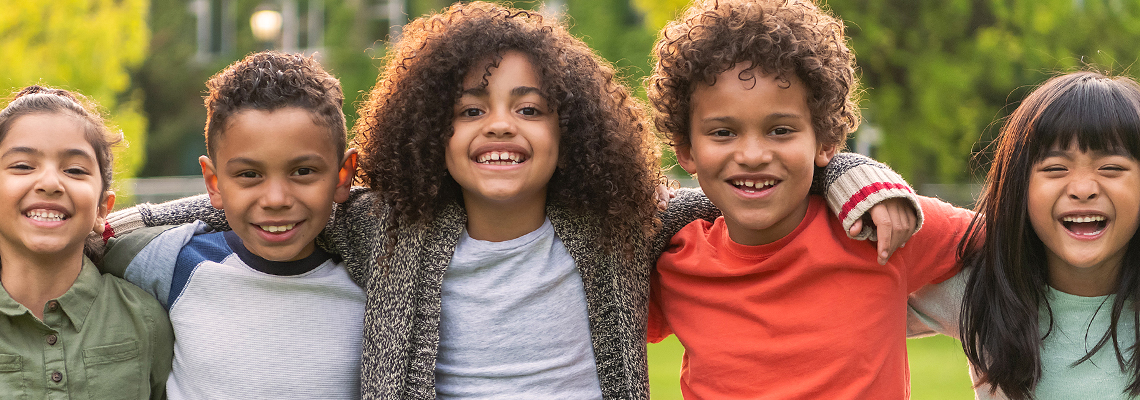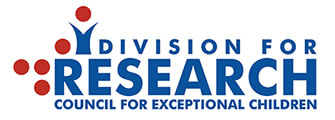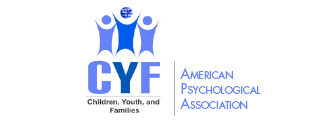
What is Colorism?
Colorism is when people are treated differently because of how dark or light their skin is. People with lighter skin are often seen as more beautiful or more important than people with darker skin. This can lead to unfair treatment—like being seen as not smart or not getting the same chances as others (Alfonseca, 2021 and Webb, 2014). Sometimes, this even happens between people of the same race.
The History of Colorism in the U.S.
Colorism started a long time ago during slavery in the U.S. Back then, people with lighter skin were sometimes treated better by slave owners and even by other people of color (Webb, 2014). These unfair ideas didn’t stop after slavery ended. They have continued to affect people even today.
How Colorism Hurts People
Because society often wrongly thinks lighter skin is better or more beautiful, some people with darker skin may feel bad about how they look. Some even try to lighten their skin using special products, which can hurt their self-esteem. Girls are often more affected by this than boys (Alfonseca, 2021).
How Caregivers Can Help
Talking about colorism is important in every home, not just in homes with people of color. Helping children love themselves and others starts at home. There are many ways caregivers can fight colorism and teach their kids to treat everyone fairly.
Tips for Talking to Kids and Teens About Colorism:
- Learn About Colorism First.
- Before you talk to your child, learn about what colorism is and where it comes from. You can read books, listen to podcasts, or watch videos made by experts (Harrison, 2020).
- Use Simple Language.
- Talk to your child in a way they can understand (APA tool). Younger kids, even preschoolers, can understand differences like skin color and enjoy learning through picture books (Derlan, 2017). Older kids and teens can have deeper talks and enjoy things like book clubs or going to museums about history and race (Harrison, 2020; Tsambouniaris, 2023).
- Let Them Ask Questions.
- Your child may have lots of questions. Listen carefully and answer honestly. Let them talk about their feelings. Kids feel better and learn more when they feel safe and heard (Harrison, 2020).
- Celebrate Difference.
- Talk kindly and openly about all kinds of skin tones, hair types, and body shapes. Don’t say one type is better than another. Help your child feel proud of who they are. For example, saying someone’s hair is “too hard to handle” might make them feel bad. Instead, show love for all kinds of beauty.
Helping Kids Who Have Faced Colorism:
These conversations can be difficult! It’s important to take care of yourself as a caregiver (APA, 2019).
- Let Them Know They’re Not Alone
Give your child time and space to share what happened. Let them speak in their own words. Remind them that their feelings are real and important (YoungMinds, 2021). - Be Supportive
Tell them that what happened doesn’t change who they are. Show them that they are loved and special, just the way they are. Let them know you’re there for them and that they’re safe to talk with you. - Speak Up Against Unfairness
If you hear or see something unfair, speak up. You can say something in person or report hurtful behavior online (Harrison, 2020). Standing up for fairness is powerful. - Show Role Models
Make sure your child sees people who look like them in books, shows, and movies. This helps them feel proud of who they are and where they come from (Tharps, 2024). - Teach Them Their Rights
Help your child learn that they have the right to be treated with respect. Teach them what their rights are and where they can go for help. You can find resources in libraries, at school, or online (YoungMinds, 2021).
References:
- Alfonseca, K. (2021, November). What is colorism? Study highlights discrimination based on skin color among Hispanics. ABC News. https://abcnews.go.com/US/colorism-study-highlights-discrimination-based-skin-color-hispanics/story?id=80991400
- APA (date unknown) RESilience: Uplifting Families through Healthy Communication about Race – Parent Tool Kit. https://www.apa.org/res/parent-resources/parent-tips.pdf.
- APA (2019, October). Racial Stress and Self-care: Parent Tip Tool. https://www.apa.org/res/parent-resources/racial-stress
- Derlan, C. (2017, October). 3 Essential Tips to Help All Kids to Embrace Their Race and Ethnicity – Psychology Benefits Society. https://psychologybenefits.org/2017/10/25/3-essential-tips-to-help-all-kids-to-embrace-their-race-and-ethnicity/
- Harrison, R. R. (Ed.). (2020, June). Talking to kids about race and racism. Nemours KidsHealth. https://kidshealth.org/en/parents/talk-about-race.html
- Tharps, L. L. (2024). Five things to remember to help keep colorism from infecting your family. Embrace Race Action Guide. https://www.embracerace.org/resources/five-things-to-remember-to-help-keep-colorism-from-infecting-your-family
- Tsambouniaris, M. (2023, February). Should we be talking with children about skin colour? Community Early Learning Australia (CELA). https://www.cela.org.au/publications/amplify!-blog/feb-2023/should-we-be-talking-about-skin-colour-children#:~:text=Although%20there%20is%20no%20’one,So%20yes!
- Webb, S. L. (2014, February). A brief introduction to colorism for children and young adults. Colorism Healing. https://colorismhealing.com/brief-introduction-colorism-children-young-adults/
- YoungMinds (2021). Racism & Mental Health: Guide for Parents and Carers. https://www.youngminds.org.uk/parent/parents-a-z-mental-health-guide/racism-and-mental-health/
Proper Citation for this blog post:
Williams, J. L., Baptiste, J., Napoleón, J, & Romo, S. (October 31, 2025). Talking to Your Child About Colorism and Skin Color Bias
https://infoaboutkids.org/blog/talking-to-your-child-about-colorism-and-skin-color-bias/
















